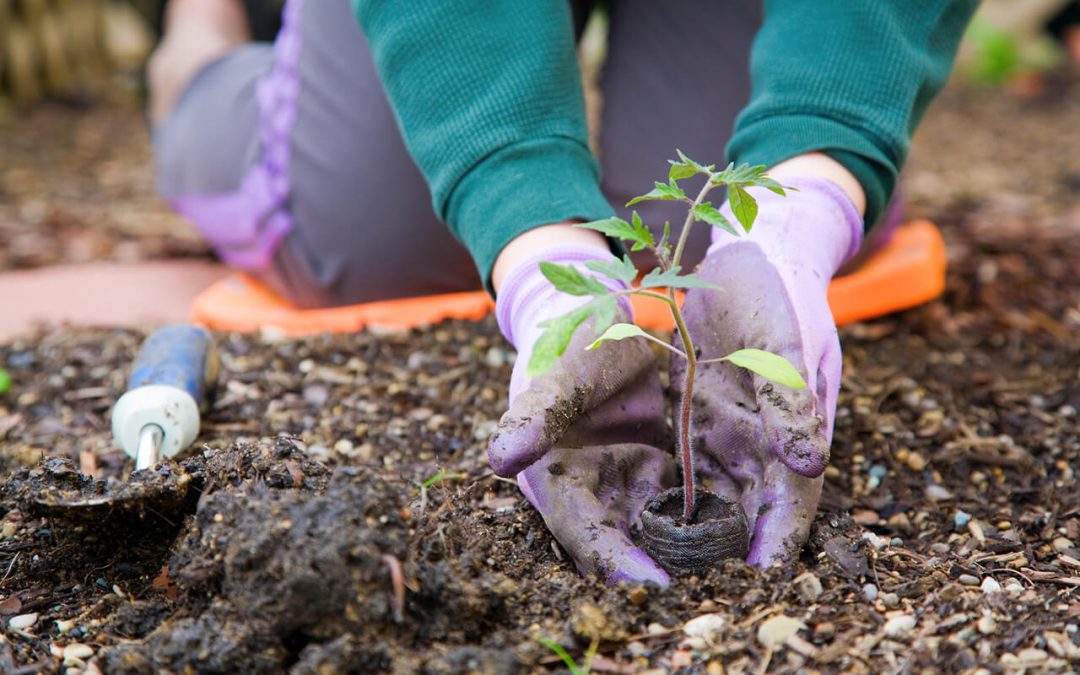You may think your garden has finished for the year as the weather turns cooler. However, some crops will flourish with careful planning and care. If you enjoy working outdoors, here are a few tips for growing a fall garden.
During the early fall, the soil remains warm enough to support the growth of many plants. There are fewer garden pests to invade the garden beds and destroy your crops. In warmer regions of the country, some crops grow just as well as plants seeded during the spring.
Check your seed packets for planting guides. It’s helpful to know the average date of the first frost of the year in your area. Some crops taste better or sweeter after a frost. To make the most of growing a fall garden, learn how plants react to growing and being harvested during cooler temperatures.
Guidelines for Growing Vegetables
The cooler temperatures of fall offer an opportunity to grow vegetables and delicious greens. For best results, start the seeds in late summer or purchase plant starts from a local farmer’s market.
-Salad greens grow quickly and can withstand an early frost.
-Leaf lettuce is easy to grow and ready to eat in 30-45 days. Varieties like “Winter Marvel” and “New Red Fire” lettuce are very cold-tolerant.
-Radishes are mature, crisp, and salad-ready in 25 days
-Root vegetables like carrots and beets take longer to grow, but planting them for a fall harvest is worth it because the colder temperatures make them taste sweeter.
-Spinach and kale planted in the fall perform better than the same crop grown in spring. These greens do not fare well in the heat but grow well in cooler weather.
-Swiss chard is usually edible for 25-30 days but tend to it carefully. If a frost is predicted, the crop will need to be protected.
-Broccoli and kohlrabi both mature well during cold weather months.
-Snap beans and snow peas are ready to eat in 60 days, and they don’t mind the colder weather. These are also crops that taste sweeter when harvested in colder months.
Flowers for Your Fall Garden
If you’re planning a fall garden, you might want to include flowers. Blooming plants add color to the autumn landscape.
Calendulas are an excellent choice. They do not need direct sunlight and grow best in well-drained soil. Their yellow-orange petals are delicious in salads or as a garnish.
The soil temperature in fall is just right to give your favorite perennials and wildflowers a head start. Autumn is an excellent time to plant flowers. Their roots have time to become well-established before winter arrives. Many wildflowers bloom early in spring, and your garden will be a rainbow of colors when the weather warms next year. Easy-to-grow wildflowers include black-eyed Susans, echinacea, peonies, and daylilies.
Elite Home Inspections offers inspection services to Louisville and the surrounding areas of Kentucky. Contact us to request an appointment.

